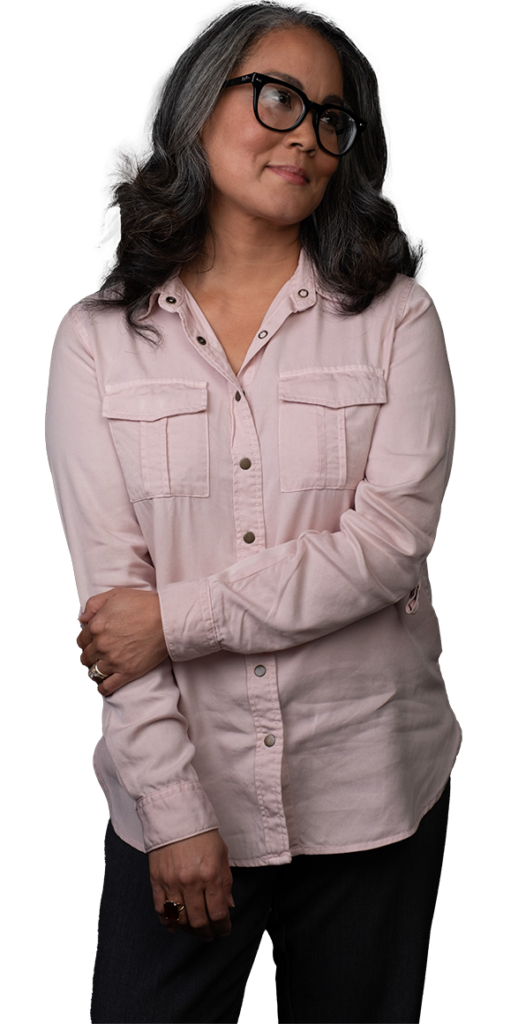THE TEA | June 2025
All About Osteoporosis: How Strong Bones Can Improve Your Quality of Life
By Sarah Holcomb, MD
Hi, I’m Dr. Sarah Holcomb, a full-spectrum family medicine physician at Baptist Health Comprehensive Women’s Clinic North Little Rock. From annual exams to obstetrics to chronic disease management, I help women of all ages invest in their wellness and live healthier lives.
Today, I want to talk about an issue that I believe every woman should be educated about: osteoporosis. A condition that mostly affects women, osteoporosis may be common, but it also can be prevented or controlled with the right information, lifestyle modifications or interventions.

What is osteoporosis?
Osteoporosis is a condition where a patient has decreased bone mass. This results in weak, brittle bones.
What are the early signs?
Often, osteoporosis is symptomless until a fracture occurs, also known as a fragility fracture. These fractures happen due to an activity that usually wouldn’t cause the fracture the patient experienced. For example, if you fall off a curb and have an odd spine or hip fracture, that could be a sign of osteoporosis.
The only other early sign is loss of height or shrinking. If a patient tells me they think they are getting shorter, I’ll suggest a screening for osteoporosis.
When should women start getting osteoporosis screenings?
All women should begin osteoporosis screenings by the age of 65. I do suggest some patients start as early as 50 if they are postmenopausal and have additional osteoporosis risk factors.
How is an osteoporosis screening done?
An osteoporosis screening is also known as a DEXA scan. A DEXA scan is a type of X-ray that measures bone mass, which is usually done at a Baptist Health imaging center for my patients. During the scan, images are taken of the spine, femoral necks and hips. Based on the images, the DEXA scan calculates a score. If the score is below the threshold for normal, the patient receives an osteoporosis diagnosis. If the score is borderline, the patient may be diagnosed with osteopenia, a condition where bone mineral density is decreased, but not to the extent of osteoporosis.

How is osteoporosis treated?
Osteoporosis is treated with medication to strengthen bones and slow disease progression. A patient may also be referred to other specialists if needed. For example, physical therapy may be necessary for a debilitating gait deficit, or a fracture may require treatment from an orthopedist.
What are the risk factors?
Risk factors for osteoporosis include:
- Postmenopause
- Chronic long-term steroid use
- A family history of fractures
- Being underweight
- Excessive alcohol use
- Smoking
- Poor nutrition that leads to low calcium or Vitamin D levels
- Chronic liver disease
Why is osteoporosis education important?
When it comes to osteoporosis, knowledge is power. Any effort you put into a healthy lifestyle, mitigating your risk factors and getting your screenings will pay dividends in your bone health and quality of life. Osteoporosis fractures are especially difficult to treat, and the more you can do to prevent them, the better your overall wellness will be.
How can I invest in my bone health?
Whether you have osteoporosis or not, I recommend this to all my patients to strengthen their bones.
Strength Training
Everyone should do daily weight-bearing exercise. I recommend low weight with lots of reps, usually 2-3 lb. wrist weights, ankle weights or hand weights. You don’t have to take a lot of time; even 15-20 minutes can yield great results. Consistency is the key. Strength training will keep your bones strong, stabilize your core and increase muscle mass.
Cardiovascular exercise
I recommend that all patients do 120 minutes of cardio every week, however it works best in their schedules. Cardio with high or low impact, like running and walking, provides the most benefits for bone health.
Get adequate nutrition.
A healthy diet ensures that bones receive the nutrients needed to remain strong. Vitamin D and calcium are particularly important for bone health.
Take supplements
Even with a healthy diet, nutritional gaps often remain. I tell all postmenopausal women to take international units of vitamin D and a calcium supplement. I also recommend a multivitamin.

Develop a relationship with a primary care provider you trust.
Finding a primary care provider (PCP) is crucial to preventing and managing osteoporosis and living a healthy life overall. Choose a PCP who you are comfortable with and make wellness visits a priority. Your PCP is there to get to know you well enough to effectively help you prevent disease or catch it early and improve your quality of life, function and mobility.
We should all be thinking about osteoporosis, and I hope you feel educated and empowered to invest in your bone health today. Whether you need to make a few lifestyle modifications, start lifting weights, request a DEXA scan or find a PCP you love, it’s all about taking your health into your own hands to create the full, healthy life you deserve.

About the Author
Sarah Holcomb, M.D.
Sarah Holcomb, M.D., is a native of Northeast Arkansas and attended the University of Arkansas as an undergraduate majoring in Microbiology. She obtained her Doctor of Medicine from Ross University School of Medicine and completed her residency training in Family Medicine at UAMS West Regional Programs. During her residency, she participated in a rigorous Obstetrical track. Dr. Holcomb joined the faculty at UAMS Northeast Regional Programs in 2013, where she provided inpatient and outpatient care and full-spectrum obstetrical care within the residency along with her duties as faculty. She specializes in preventative health, longevity, and women’s health. In her spare time, she enjoys spending time with her family.
